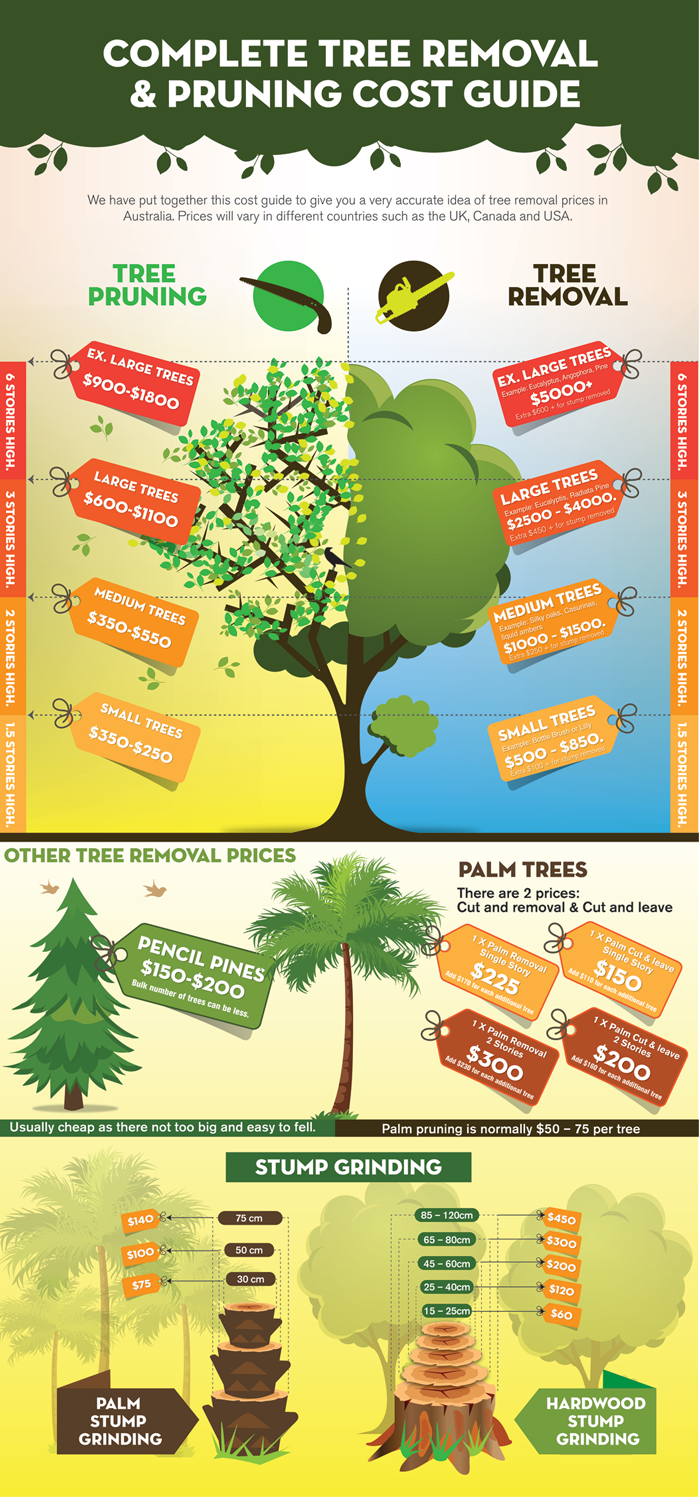Post-Tree Removal Care: How To Recover Your Landscape Successfully
Post-Tree Removal Care: How To Recover Your Landscape Successfully
Blog Article
Content Composed By-Berman Mejia
After a tree's removal, your landscape might look fairly different, and it's essential to analyze the after-effects carefully. You'll intend to review the soil disturbance and examine bordering plants for any indicators of stress and anxiety. Disregarding these variables can result in larger problems down the line. So, what should you perform with those stumps and roots? And exactly how do you choose the very best plants for your rejuvenated space? Allow's explore these important steps.
Assessing the Aftermath: Examining Your Landscape
After a tree removal, it's essential to examine your landscape to comprehend the effect it carries your yard.
Beginning by checking out the location where the tree stood. Search for signs of dirt disturbance, and inspect the surrounding plants for any kind of anxiety or damages.
You need to also make note of how the removal has actually transformed sunshine direct exposure and air movement in your yard. This change can affect the development of neighboring plants, so it's necessary to examine their health.
Take into consideration the visual elements as well; the removal may produce an open space that you can upgrade.
Ultimately, think of any type of prospective disintegration concerns that could occur from the tree's lack. Dealing with these variables early will aid bring back equilibrium to your landscape.
Handling Stumps and Roots: Choices for Removal
When you've analyzed the after-effects of the tree removal, you'll likely require to deal with the stump and roots left.
You have a few options for elimination. One efficient method is stump grinding, where an expert uses a machine to grind the stump down to below ground degree. This technique leaves marginal disruption to your landscape.
If you prefer a DIY method, you can utilize a combination of excavating and chemical stump cleaners. Simply remember, this procedure can require time and initiative.
Alternatively, think about leaving the stump as an all-natural attribute, which can function as an one-of-a-kind yard aspect or environment for wild animals.
Whatever Trimming Pine Trees Lower Branches select, dealing with the stump and origins is essential for restoring your landscape.
Choosing the Right Plant Kingdoms for Your New Space
As you assess your recently cleared area, choosing the right plants can dramatically enhance your landscape's beauty and capability.
Beginning by taking into consideration the sunlight and soil conditions. For bright locations, go with drought-resistant plants like lavender or succulents. In shaded areas, brushes and hostas prosper well.
Think of the dimension and development practices of your plants; mix perennials and annuals for seasonal selection. Do not fail to remember to include indigenous types; they require much less upkeep and assistance local wild animals.
Team plants in odd numbers for a much more all-natural appearance and create layers for visual deepness.
Ultimately, guarantee you have a mix of colors and textures to keep your landscape lively throughout the periods.
Pleased planting!
Final thought
Finally, restoring your landscape after tree removal is a fulfilling process. By examining the results, addressing stumps and origins, and selecting the right plants, you'll produce a growing environment. Do not neglect to integrate erosion control steps to shield your soil. With https://theknow.denverpost.com/2020/08/29/colorado-landscape-design-tips/244458/ and treatment, you can transform your area right into a lively yard that boosts your residential or commercial property. Embrace the possibility to rejuvenate your landscape and appreciate the beauty of nature right in your backyard!
